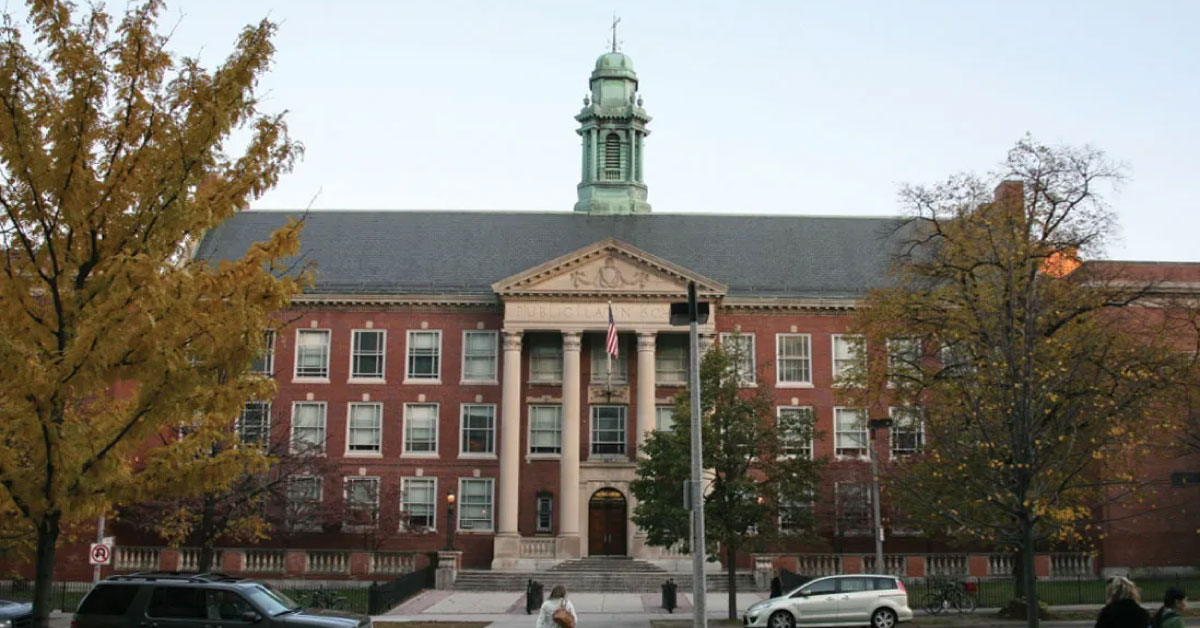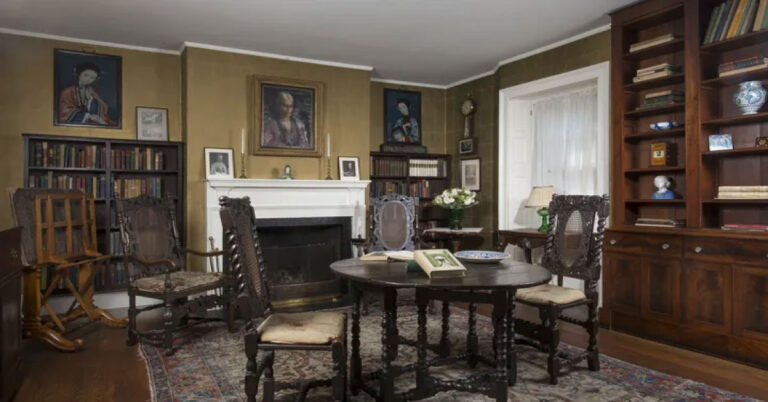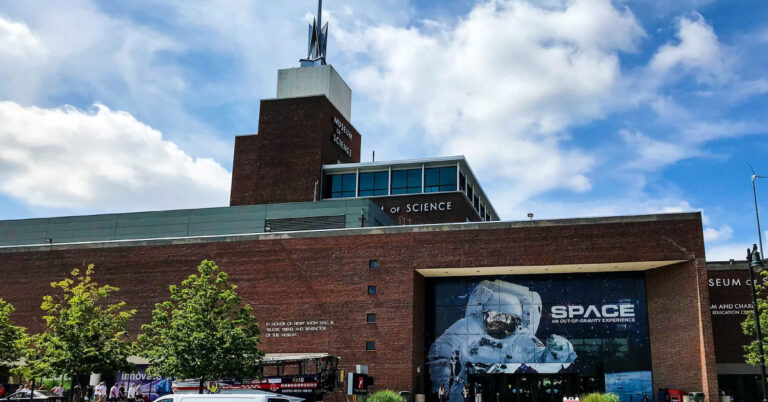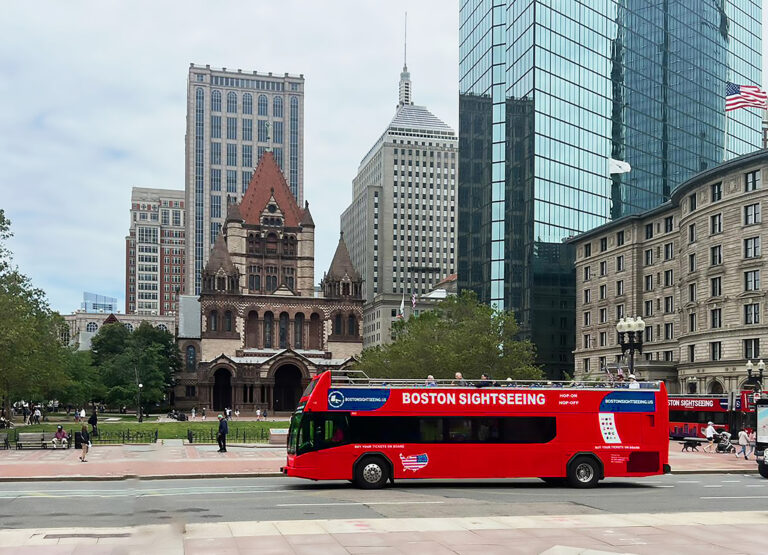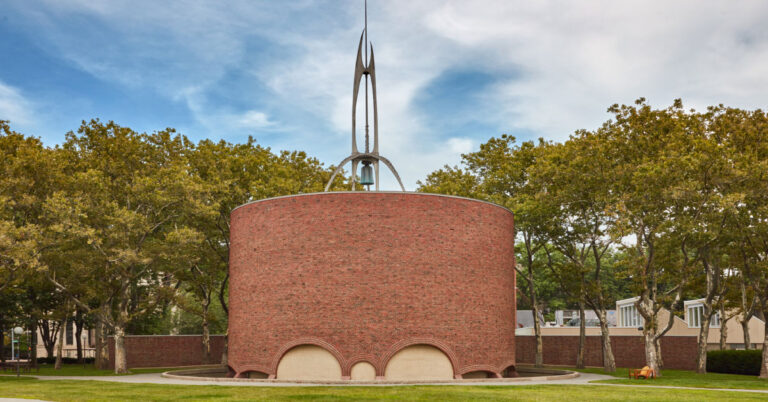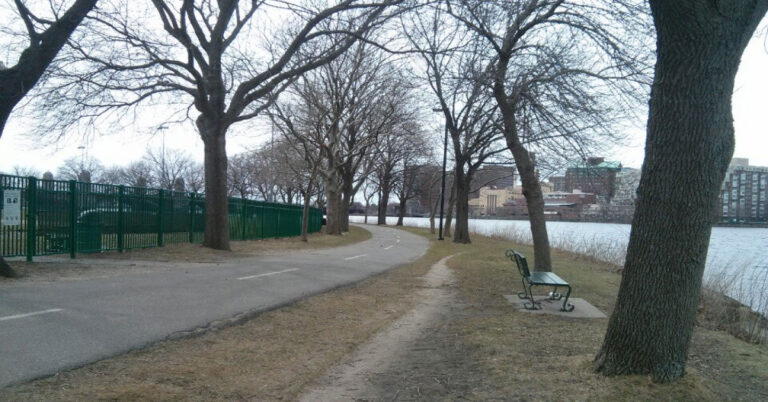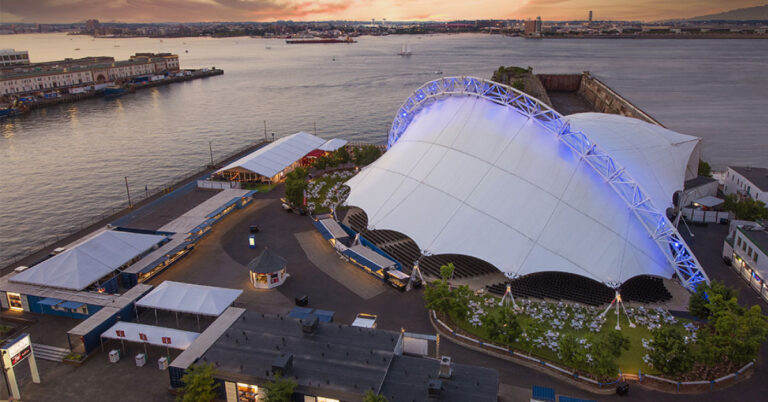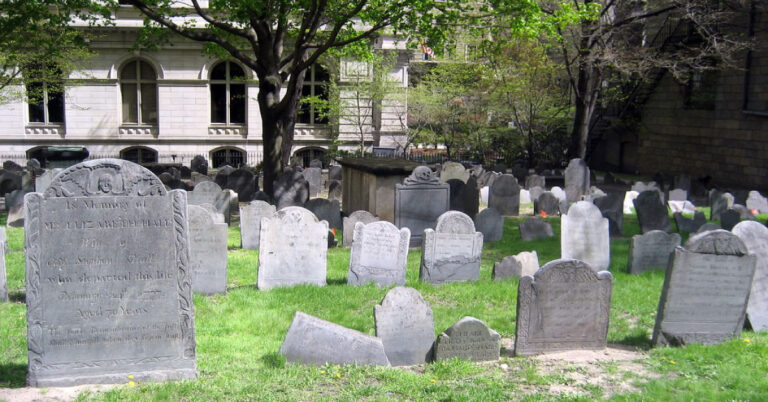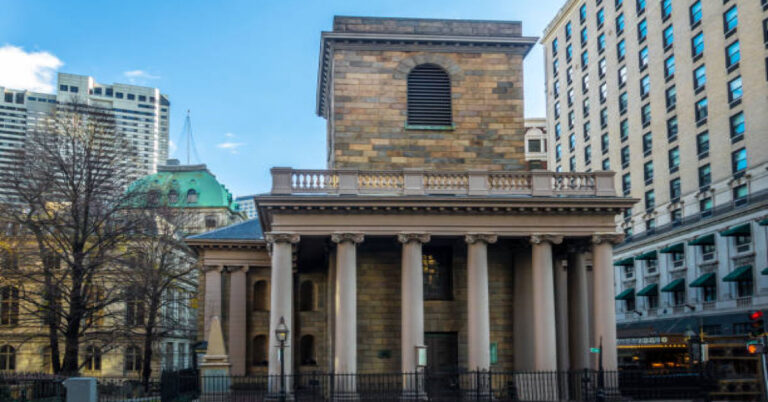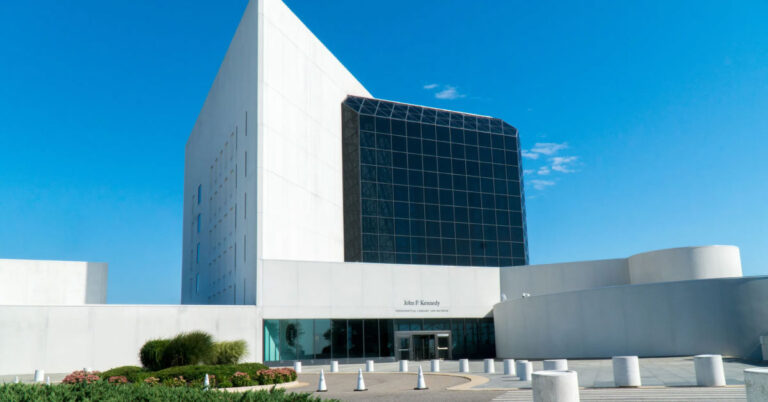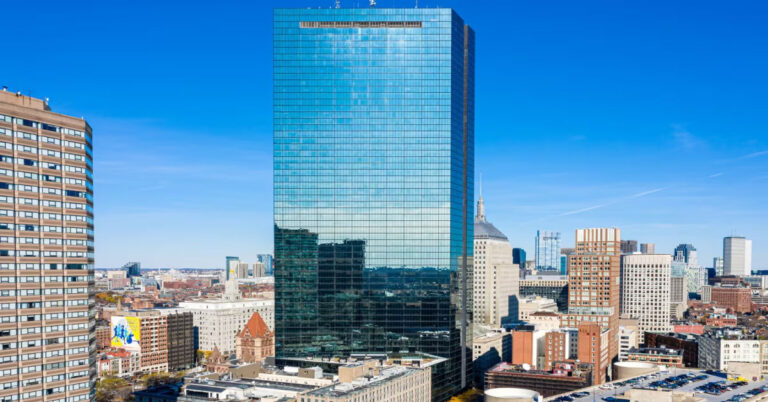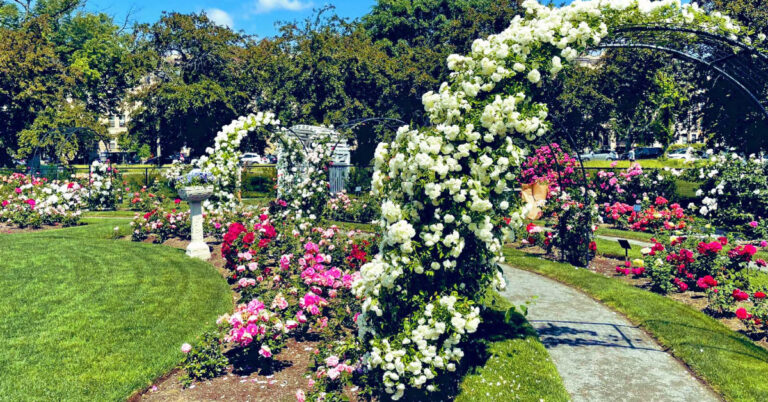Boston Latin School is a name that carries tremendous significance and prestige in education. Established in 1635, it is not only the first public school in the United States but also one of the oldest educational institutions in continuous operation. Over the centuries, this institution has played a pivotal role in shaping the minds and characters of many prominent figures in American history. Let’s journey back in time to discover the fascinating history of Boston Latin School.
The Early Years
Boston Latin School was founded on April 23, 1635, by Reverend John Cotton, then pastor of the First Church of Boston. Its establishment was made possible through a donation from an English merchant named Benjamin Franklin (not to be confused with the famous founding father of the same name). Initially known simply as “the Latin School,” its purpose was to provide free education in Latin grammar and classical literature for boys aged 7-15. This education was essential for future leaders, particularly in law, politics, and ministry.
Nurturing Great Minds
Over its long history, Boston Latin School has produced an impressive list of alums who have become national leaders and trailblazers in their respective fields. Notable graduates include four presidents – John Adams, John Quincy Adams, James Bowdoin III, and Franklin D. Roosevelt – and numerous senators, governors, and congressmen.
The school has also educated influential writers such as Ralph Waldo Emerson and Henry David Thoreau, who were part of the Transcendentalist movement in the mid-19th century. Other notable alums include Benjamin Franklin, who briefly attended BLS before dropping out to pursue his passion for science and invention.
A Tradition of Excellence
Boston Latin School’s long-standing tradition of academic excellence has earned it a place among the top high schools in the United States. Its rigorous curriculum, dedicated faculty, and supportive community have helped produce some of the nation’s brightest minds and leaders.
In addition to its academic achievements, BLS has a rich extracurricular program that includes over 100 clubs and activities. From sports teams to music ensembles to student-run publications, students can explore their interests and develop new skills outside the classroom.
Overcoming Challenges
Despite its illustrious reputation and long list of accomplishments, Boston Latin School has faced its share of challenges. One of the most notable is the issue of racial discrimination.
For much of its history, Boston Latin School was an all-male institution primarily serving wealthy white families. It wasn’t until 1972, after a series of lawsuits and protests, that the school finally admitted female students.
In recent years, Boston Latin School has faced allegations of racial discrimination and a lack of diversity within its student body and faculty. The school has taken steps to address these issues and promote inclusivity and equity, but there is still much work to be done.
A Legacy That Endures
Despite the challenges and controversies, Boston Latin School remains a highly respected and sought-after institution. Its rigorous academic curriculum, dedicated teachers, and a strong sense of tradition continue to attract students from all walks of life.
In 2015, the school celebrated its 380th anniversary with a yearlong series of events and activities that showcased its rich history and vibrant community. In 2020, it faced another challenge in the form of a global pandemic, but its resilience and adaptability allowed it to continue providing quality education through remote learning.
Today, Boston Latin School stands as a shining example of excellence in education and a testament to the enduring legacy of its founders. Its motto, “Sumus Primi” (We are First), rings true not only in its status as the first public school in America but also in its commitment to fostering the growth and success of future generations.
